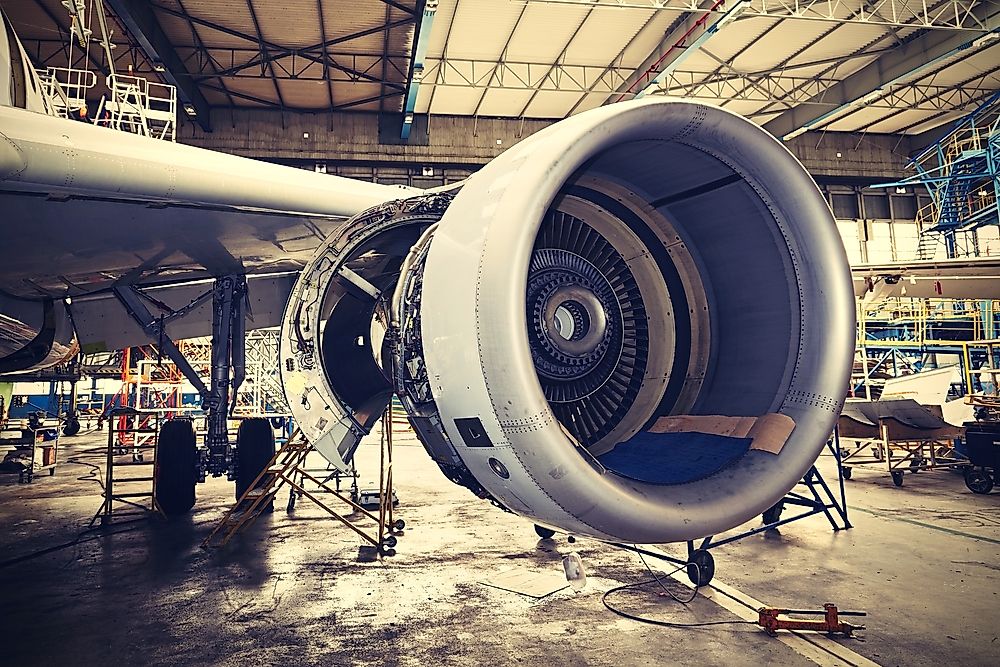What Is The Environmental Impact Of Aviation?

Aviation is aeronautics art and a practice centered on the usage and operation of aircrafts, aircrafts production and development. The practical aspect of aviation has been strongly linked to adverse environmental outcomes which may pose danger to many existing ecosystems. Three broad areas of aviation identified are emissions, operations and routes used. From these, negative climate changes, noise, water pollution, radiation exposure and air pollution are possible environmental effects.
Climate Change
The aviation industry greatly contributes to climate change as the major environmental effect due to its emissions. Greenhouse gases, especially carbon dioxide which is produced in large scale, are linked to radioactive forcing and global warming. Other greenhouse gases released are carbon monoxide, Nitrogen dioxide and nitric oxide. Other contributing factors to climate change as a result of aircrafts operations are sulfate and soot particles, incompletely burnt hydrocarbons and water vapour. The adverse climatic conditions in turn negatively affect aviation in terms of airlines navigation possibilities.
Interference With Air Quality
In aviation, air pollution is as a result of lead and particulate emissions. According to the Environmental Protection Agency, the use of leaded aviation fuel leads to an emission of lots of lead. Lead has a multisystem effect to the human body if ingested or inhaled. It can cause autism, low IQ and learning problems when it affects the nervous system. Other systems affected are the immune and cardiovascular system. Ultrafine particle emissions interfere with air quality and can cause diverse respiratory problems.
Radiation Exposure To Passengers And Crew Members
The solar system is known to emit cosmic rays whose effect to the human population becomes evident and pronounced with increasing altitude. As planes fly high, exposure to the cosmic ray dose is increased substantially. Compared to the persons at sea level, those at around 39000 feet high have a 10 times exposure. Radiation exposure is also associated with how close to the geomagnetic poles that aircrafts fly.
Water Population
For production and operation of aircrafts, lubricants and jet fuels are used in a great scale. Other chemicals too are utilized in various aspects of aviation. In the event that these find their way to water bodies, water pollution is inevitable which often leads to disruption of ecosystems and could lead to negative health effects to humans and animals if the polluted water is consumed. Aquatic life is the most affected by this environmental effect, mainly by means of reduction of dissolved oxygen. Ethylene glycol and propylene glycol are widely utilized in aviation. When released into water, the microbes in water try to degrade them and lots of dissolved oxygen in water is utilized. The resultant effect is insufficient dissolved oxygen thus reduced aquatic life survival.
Noise
As a result of operations at major airports due to aircraft traffic, a lot of noise is produced which adversely affects people in the surrounding areas. Advocacy groups have pursued this but reports of failure to get the necessary action and attention have been experienced.
Measures directed to elimination or reduction of these environmental effects have been proposed as a step towards environmental protection. These include provision of education regarding the environmental impact of aviation, attempts to lower air travel, Increase of efficiency of the aircrafts and other operations and control of emissions through standardized protocols.











